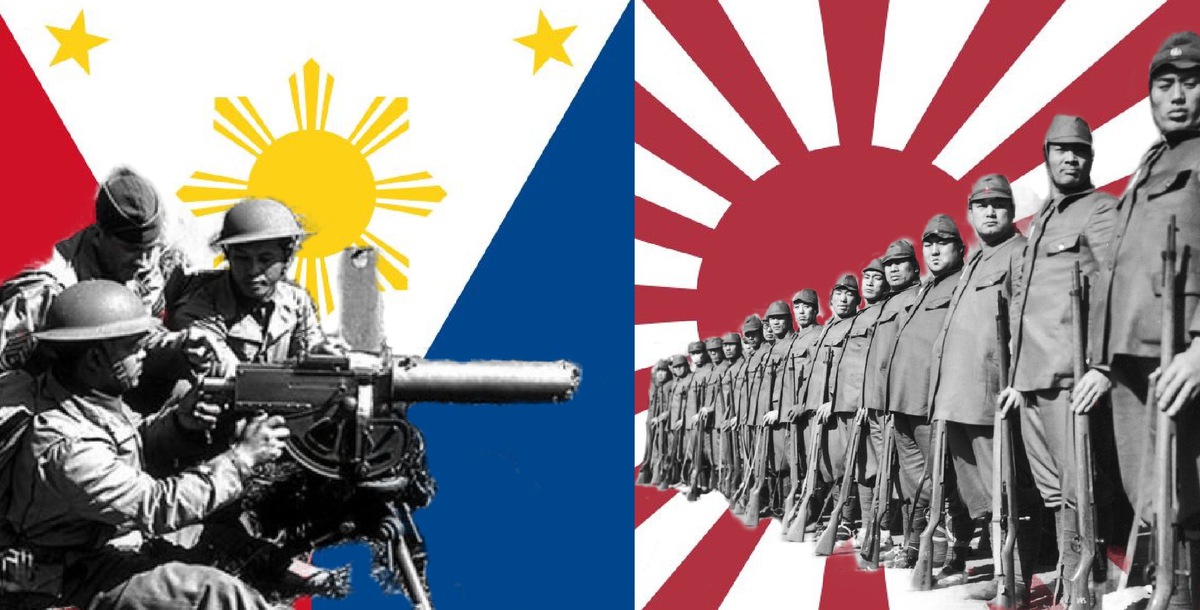“Give me ten thousand Filipinos and I will conquer the world.” – Douglas MacArthur
Looking back at the various historical wars and battles, one can see that the Filipinos fought with incredible displays of courage, battle prowess, and a reckless zeal for victory. Filipino fighters were repeatedly in situations where the chances of winning were small, but they did not give up. Narciso Ortilano was one such soldier, who showed great courage and single-handedly killed 11 Japanese soldiers during the Battle of Bataan.
Narciso Ortilano was a Private First Class of the 2nd Battalion, 57th Infantry Regiment US Army Philippine Division. Early in the morning of January 12, 1942, after the start of the Battle of Bataan, sounds of artillery shelling and machine-gun fire began to be heard in one of the sectors in which Ortilano was located.
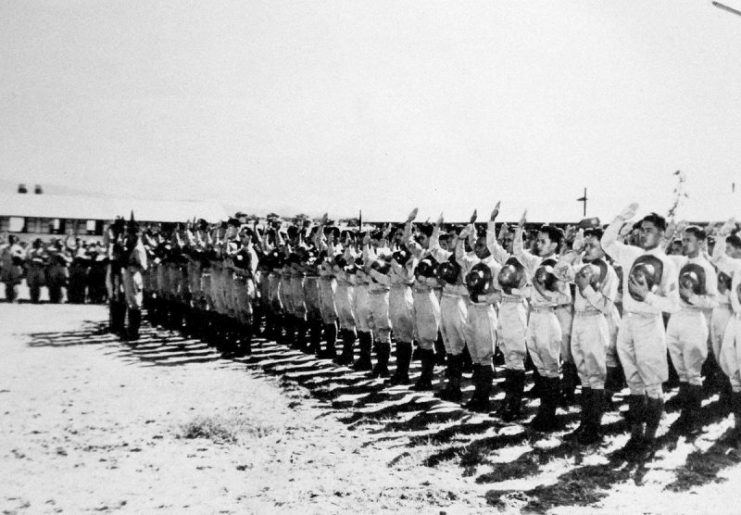
Having steeled himself for the worst scenario, he took a sip of water and prepared his Browning Machine Gun M1917. This machine gun was impressive for its time, with features including 600 rounds per minute, a target range of about 1,370 meters, and water-cooling.
By this time, Ortilano was already tired through lack of sleep and the systematic attacks of the Japanese. The situation was aggravated by the exhaustingly warm Philippine arid season. In addition, the Filipino scouts did not close their eyes at night, but instead peered into the darkness, watching for any signs of movement.
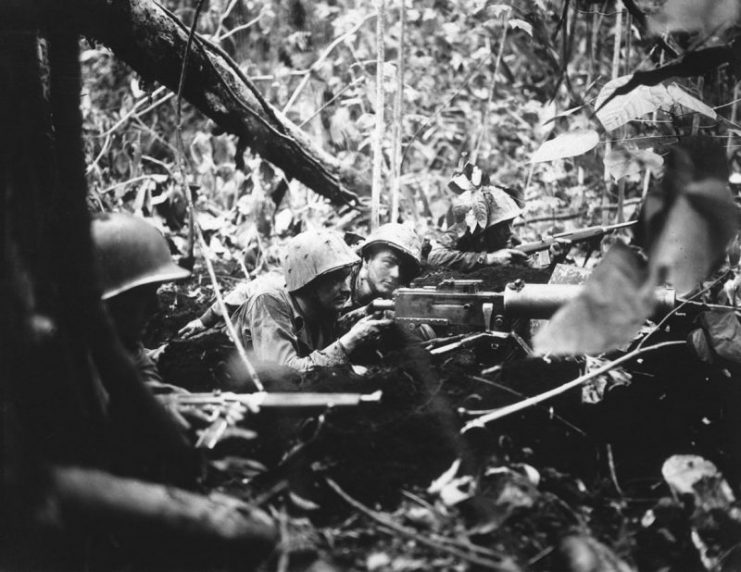
It is worth noting that the full-scale offensive known as the Battle of Bataan had begun a few days earlier on January 7, 1942. About 75,000 Japanese soldiers with the support of the Navy, artillery, tanks, and planes had stormed the beaches and crashed into the defenses set by the Filipino and American defenders. Despite persistent opposition, the Japanese troops managed to break through the external defense.
When overcoming obstacles such as barbed wire, the Japanese did not spare their own soldiers. In one nighttime attack, they ordered the first wave of soldiers to throw themselves on the barbed wire and fortifications and hold it with their bodies. After that, the remaining soldiers were able to climb over them and into the trenches of the allies.
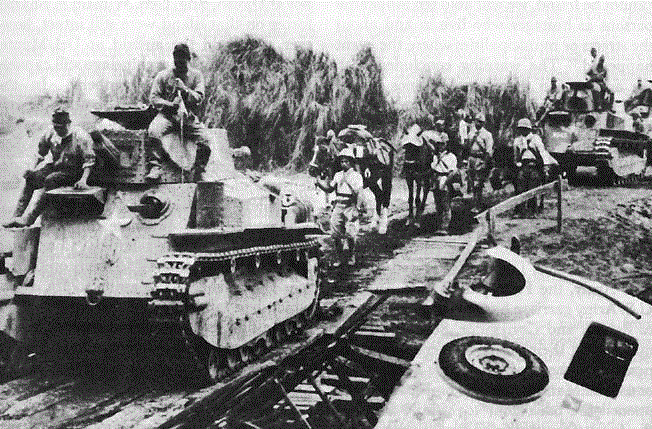
For several days, the 57th Infantry Regiment faced almost non-stop battles, and this exhausted the soldiers. At one particular remote machine gun position were two soldiers: Ortilano and his gunner. They sent a machine gun to the second line of defense and got ready to defend themselves.
When the shooting began between the Filipino defenders and the Japanese, the entire sector was illuminated the light of the exploding shells. In was in one those flashes that Ortilano saw his assistant’s lifeless body fall to the ground.
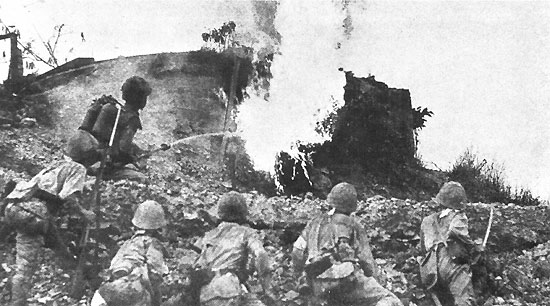
As if that wasn’t bad enough, from the side of a nearby sugar cane field, he heard shots and loud cries of “Banzai” (which means “ten thousand years”) and saw Japanese soldiers approaching. Ortilano began firing his machine gun while allegedly shouting various kinds of curses. He managed to kill four people before his machine gun jammed.
Undeterred, Ortilano took out his 45-caliber pistol and began to shoot. He fired seven shots and killed five more enemies. However, two angry Japanese soldiers with bayonets were rapidly approaching from different directions.
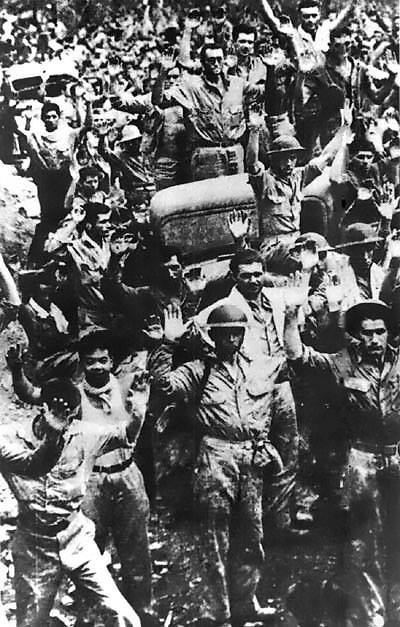
Reaching the trench, the soldiers tried to slaughter Ortilano, but he continued to resist them. One Japanese soldier struck at Ortilano who dodged and grabbed for the weapon. The soldier jerked the rifle to the side and the sharp edge of the bayonet cut off the brave Filipino’s thumb. But that didn’t stop Ortilano trying to grab the rifle from the enemy a second time.
A few moments later, Ortilano was stabbed in the back. Overcoming severe pain, he managed to kill his attacker with a bayonet. Without pausing, Ortilano then deployed his rifle and killed the final Japanese soldier. After that, with an unswerving dedication to duty, he returned to his post in order to bring his machine gun back to combat readiness.
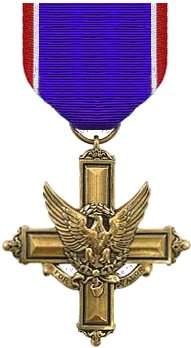
What Ortilano’s commander saw when he arrived was a lone soldier in a field of dead bodies. The commander asked what had happened, and Ortilano replied, “11 Japanese were just trying to scare me, but we don’t have to worry about them anymore.”
Read another story from us: 3 Great War Films History Fans Should See! WWII in the Philippines
Unfortunately, Ortilano was captured. He had to suffer through a 65-mile Bataan death march, during which time the prisoners were forced to go for several days without food and water. After that, Ortilano spent twelve months of captivity in the famous Japanese prison camp, where he almost died. However, he survived and was able to collect a prestigious award in person. For his bravery in battle, Ortilano became the first Filipino to be awarded the Distinguished Service Cross.
